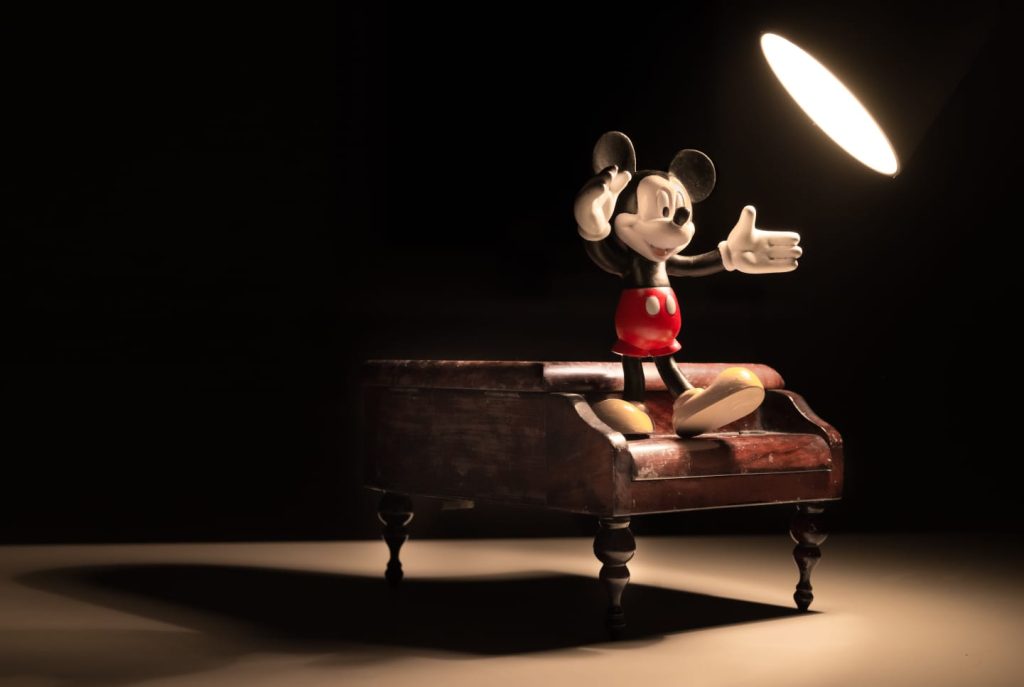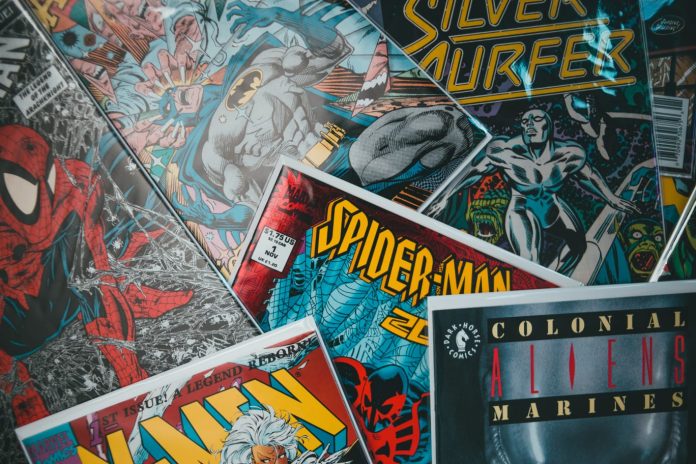Spiderman: Across The Spiderverse was released a few weeks ago and had everyone becoming a Spidey fan. A fact that almost everyone who’s watched the film can agree on is that the film features spectacular animation. Paired with intricate themes and hysterical characters, the newest addition to the “Spiderverse” seems to have it all and can easily be considered one of the best movies of 2023 so far. But the animation techniques seen in this Spiderman duology (soon-to-be trilogy) are opening up a completely novel set of ideas and developments within the industry that may be changing the way we regard the art of animation itself.

If we were to look at the very start of Animation, we should start with the first animated film made by French artist Emile Cohl in 1908. After that, Walt Disney popularized his iconic character Mickey Mouse in the first animated film to have a synchronized sound in Steamboat Ellie (1928). Disney then went on to create the first full-length feature film–Snow White and the Seven Dwarves (1937). This film used a technique of animation wherein a transparent sheet of celluloid was used to render two-dimensional visuals. This was known as Cel Animation and it helped save time and labour because now instead of hand-drawing each individual frame, you could transfer illustrations between frames instead. Now, animation and animated series were becoming more and more popular and by the mid-80s channels like Nickelodeon and Cartoon Network had become the norm. The Flintstones, Looney Tunes and Yogi Bear won the hearts of kids everywhere. Children weren’t the only ones watching though, Adult animated situational comedies like The Simpsons (which is still running) were also being created and popularized.
In the 90s however, there came about a technology that would change the way Animation would be made forever. CGI. But what really is CGI? Well, it was a method to incorporate 3D models of what would’ve been drawn from scratch. Like a stop-motion sequence of 3D characters. The Walt Disney Production Company created more full-length films that featured stories from Grimm’s Fairy Tales and thus the Disney Princesses were born. The notable films of this era were Beauty and the Beast (1991), Aladdin (1992) and The Princess and the Frog (2009). It was then Pixar (which was previously The Graphics House) that developed the 1995 film which would go on to become a smash-hit, Toy Story. It was the first full-length film produced by Pixar using computer 3D animation. Pixar then went on to make several blockbuster hits such as How To Train Your Dragon (2010), Madagascar (2005), Kung Fu Panda (2008), Ice Age (2002) and Tangled (2010). The animators in Tangled apparently worked on each strand of Rapunzel’s hair owing to its magical capabilities in the film. All of these films featured diverse storylines, complex themes and stunning visuals, so why should we say that the Spiderman instalments have changed Animation?
Danny Dimian, the VFX supervisor of Across the Spiderverse who’s previously worked on hits such as Cloudy with a Chance of Meatballs (2009) and Hotel Transylvania (2012) in a conversation with Vulture, said, “I recognized an unprecedented opportunity to stretch my talents and try something new.” We can see the different art styles that are used in the movie and it doesn’t seem constant at face value at all, but altogether blends effortlessly to create a visually cohesive experience. The film integrates elements from the characters’ [Spider-Man] Comic-book roots. The comic book itself is vaguely experimental with rich colours and complex dynamics that are reminiscent of the psychedelics used to associate with the Dr Strange comics. The movie seems like a free-for-all with animators testing the bounds of Animation Technology and harnessing the full potential of this innovative art.
“Creatively, the biggest challenge was to make sure that all these different ideas we were trying fit together,” Dimian recalled. “We wanted to break the mould — ‘break the machine,’ we would say. There were a few things, as a VFX supervisor, I was trying to ensure. First and foremost was to support the story. We want to be out there, but not so crazy or disjointed that it takes away from the story.” The entertainment industry as it is now, especially with the rise in AI technology, is obsessed with Photorealism and the “how can we make this animated movie look as real-life as possible?” question. But in the quest to make everything look as real as possible, maybe the real purpose of Animation which is to create without any limitations to the imagination is getting lost. The characters in Across The Spiderverse movements are jerky and uneven which can be to showcase the Glitch effect displayed throughout the plot. This serves to imitate a style more representative of comics and video games. Though this style has been called distracting by some viewers, it ultimately adds to the richness of the film.
Animators in this film used entirely new techniques of animation, sometimes even manufacturing complete programs to conceptualize their vision. The result is a slick film that moviegoers everywhere are incredibly excited about. Hopefully, this film has encouraged other Animators to fully dive into their creativity without letting anything limit their capabilities. Undoubtedly, Spiderman: Across the Spiderverse thrives on its ability to draw its audience in, clasp them close and leave them standing with a fantastic cliffhanger, starving for more.
































